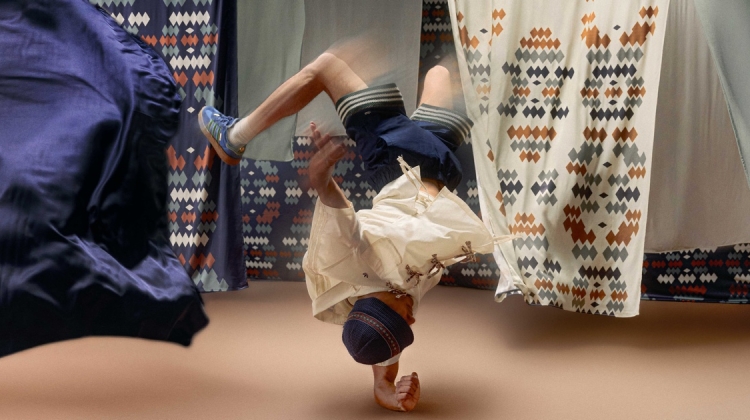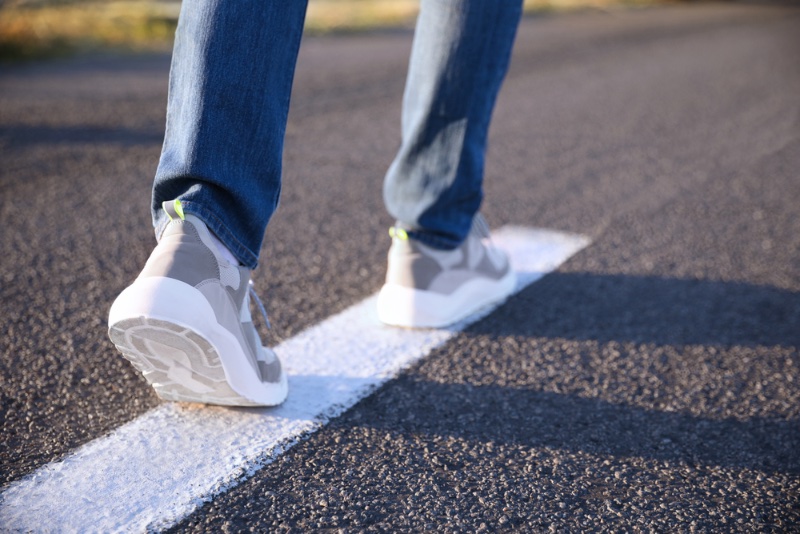
For some people, shoe shopping is a chance to expand their fashionable footwear collection. For others, the goal is to leave the store with functional shoes that won’t cause lower back pain. In either case, they would probably get the best results for their health if they chose shoes with arch support.
People of every age benefit from wearing supportive shoes, but especially those with certain conditions (like diabetes) that require well-structured footwear. The good news is that there are plenty of options for those who need arch support.
Some go the custom route, ordering personalized inserts from orthotics companies. Others search for diabetic shoes online, which offers a wide variety of comfortable and stylish footwear.
Why Do Our Feet Have Arches in the First Place?
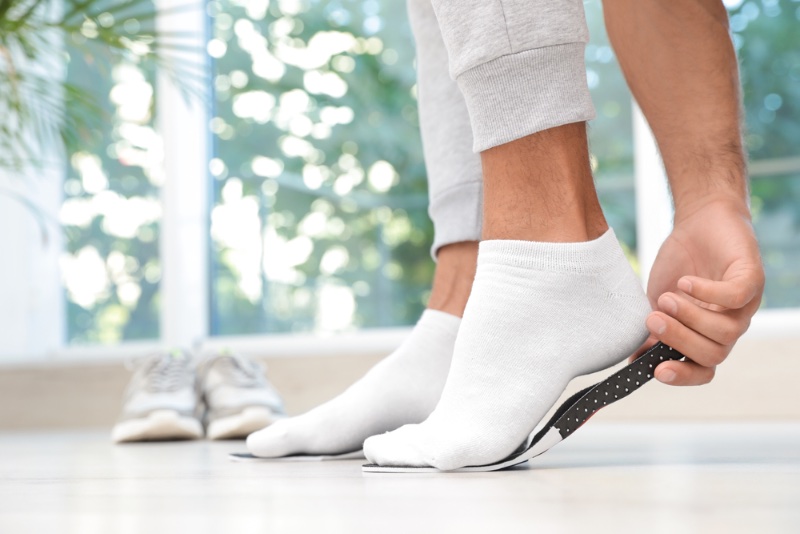
When we’re born, our feet are entirely flat. As we go through childhood and adolescence, the foot muscles develop to form an arch. This curvature has various functions, such as supporting our body weight while we stand and propelling us forward. It also helps our feet grip the ground when crossing uneven surfaces.
Why Shoes with Arch Support Are Important
Since the arch formed as humans evolved, some wonder why shoes with arch support are necessary. After all, shouldn’t our feet be able to maintain their arches without the help of shoes? Yes and no.
All other things being equal, many people don’t need shoes with arch support. However, some people do. This is because they’ve become accustomed to that type of support, so that’s how the muscles in their feet develop.
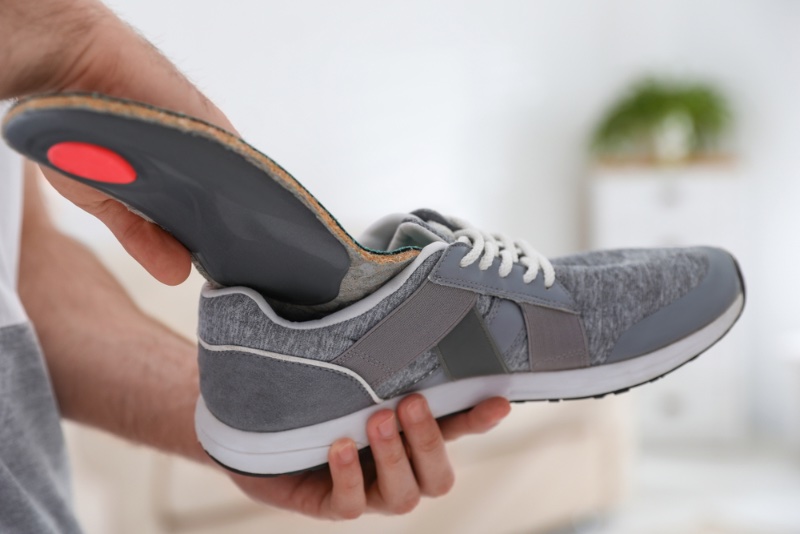
Instead of being adapted to zero arch support, they’re adapted to some form of arch support from their footwear. This being the case, shoes without arch support can cause knee, hip, or lower back pain.
That isn’t the only reason why arch support is key, though. Some people have health conditions (like misalignment in the joints or ligaments) that make arch support necessary. People with diabetes need arch support to spread pressure points evenly on their feet rather than concentrating them on the heel and ball of the foot.
In any of these cases, arch support can mean the difference between living relatively pain-free and dealing with potentially life-changing injuries.
Different Types of Arches
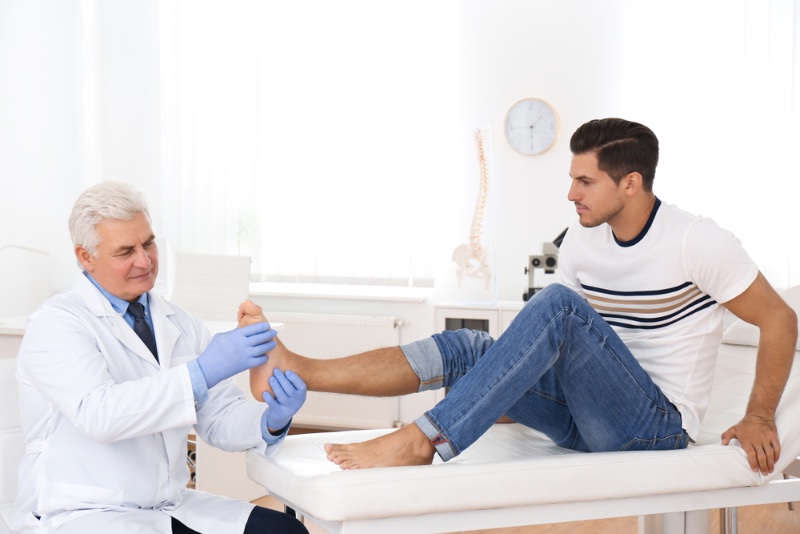
Were you aware that everyone possesses a distinct arch, ranging in height, width, and overall form? Most individuals have normal arches and can wear footwear with or without arch support without experiencing foot discomfort.
Some people have a “flat arch” or no arches on their feet. This can cause serious problems, such as rolling-in feet, known as “overpronating.” Overpronating can snowball into other issues, affecting muscles and ligaments.
In cases where this matter becomes excessively serious, physical therapy may be required to incorporate footwear with arch support. However, arch support may be adequate for those not experiencing any misalignment to re-educate their feet into the correct position.
On the other hand, some individuals have a “high arch,” which occurs when their arch is excessively curved, resulting in misalignment issues and often leading to easy fatigue in the feet. In such instances, customized arch support is frequently required to provide adequate cushioning for their arches.
The Benefits of Buying Shoes with Arch Support
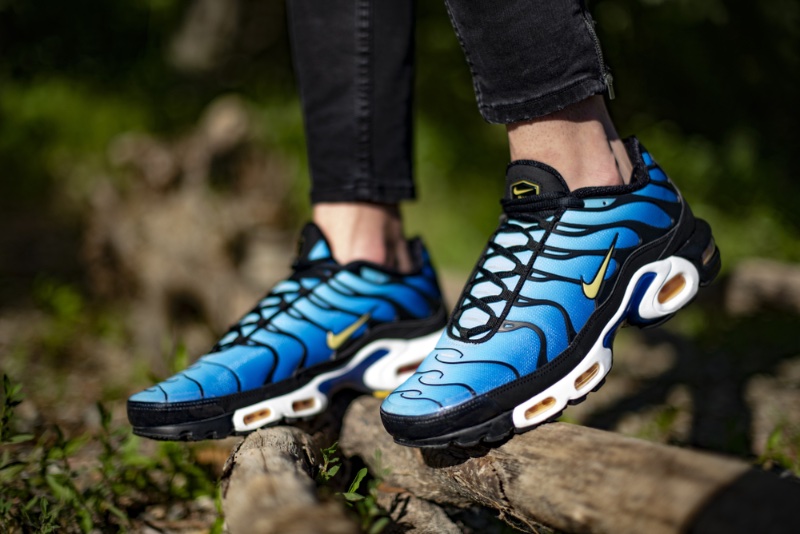
For individuals who require it, arch support can be a significant game-changer. The following are some advantages they may encounter after regularly using arch support:
Reduced Overpronation
Unless severely advanced, overpronation can often be fixed with arch support. As mentioned above, some people use arch support customized by a podiatrist, while others opt for orthopedic shoes that fit their feet comfortably. Over time, this should reduce strain on the ligaments, tendons, and muscles and decrease the likelihood of strains or other injuries.
Improved Stability
Anyone with weak arches will be less balanced than they should be, but arch support can compensate for this. Arch support provides the stability that the arch muscles can’t and improves the person’s experience while standing, walking, or running.
Reduced Chances of Future Problems
For some people, wearing shoes with arch support is a decision that’s made after they start experiencing foot, joint, or back pain. It’s likely that if they’d begun wearing these types of shoes earlier, they might not have run into these issues later in life.
Furthermore, opting for footwear with arch support implies avoiding non-supportive shoes such as high heels or flip-flops, which could prevent potential foot issues.
Managed Pain
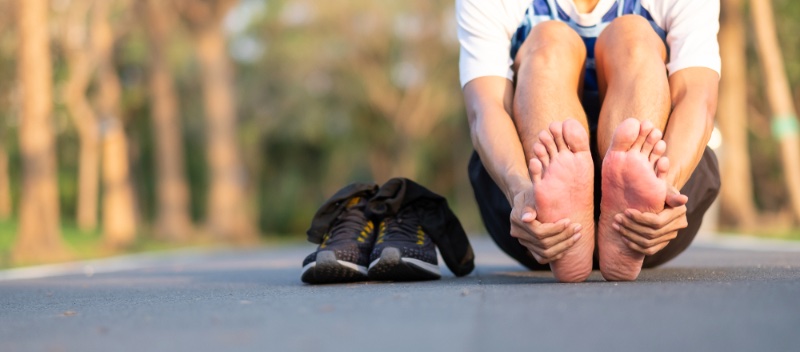
It’s all too common for individuals to suffer from foot, joint, or back pain that could have been prevented with arch support. Some may not need it, having normal arches and no known health conditions requiring it. Nevertheless, their arch muscles are insufficiently strong to support their feet adequately, and in such cases, arch support alleviates significant amounts of pain.
Distributed Pressure Points
Under regular circumstances, the pressure distribution between the heel and ball of the foot would be sufficient for one’s feet. However, this is not always the case, especially for individuals with diabetes and other conditions requiring shoes that cushion the feet from pressure points, distributing them across the entire foot. In such situations, arch support is an effective means of achieving this.
Final Words
Whether seeking fashionable options or functional solutions, prioritizing arch support in footwear can make a significant difference in overall foot health and comfort. With various arch types and personal needs, individuals can benefit from reduced overpronation, improved stability, pain management, and distributed pressure points, among other advantages.
By embracing shoes with proper arch support, one can minimize the risk of developing painful issues and maximize overall well-being. So, when selecting your next pair of shoes, remember that taking care of your feet today can pave the way for a more comfortable and healthy future.
